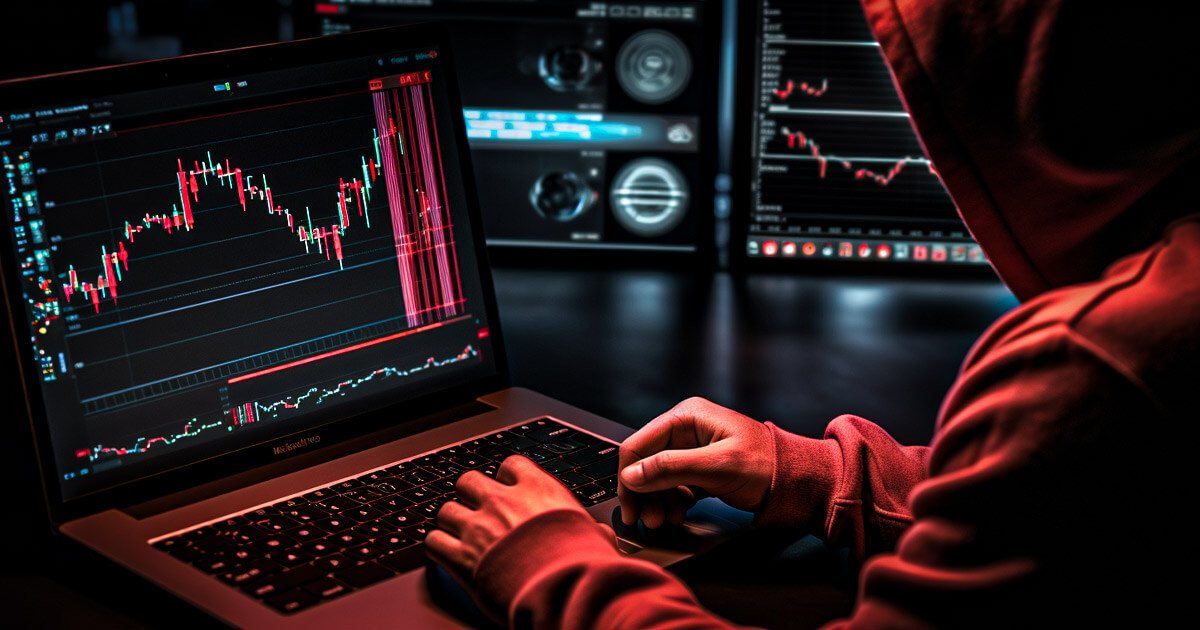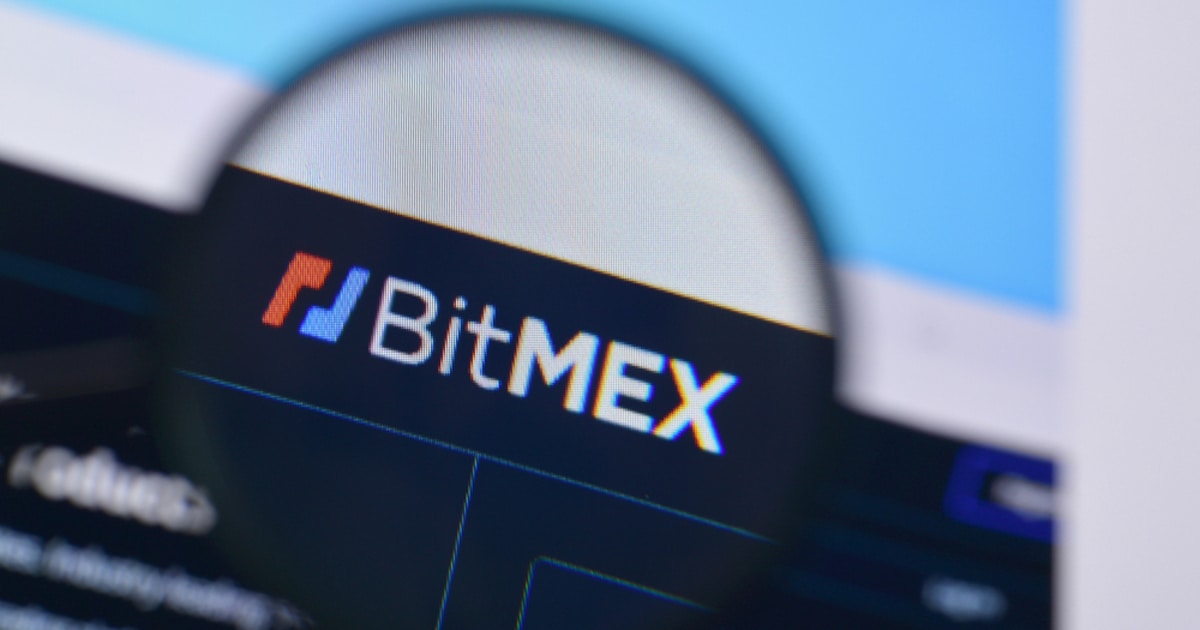And your three-digit security code?
getty
On the surface (which is as deep as a lot of cult-stock investors ever seem to get), the scam is as old as the buttonwood tree at the foot of Wall Street, where the scammers presumably first gathered to scam, at least on this side of the water. A stock rockets to fame thanks to a dedicated community of cheerleaders who honestly believe they’ve stumbled on the next cherry-cherry-cherry. Euphoria! Then (finger snap): reality! What goes up must come down. Cue the tears, the finger pointing, the ridiculous conspiracy theories to explain the stock’s demise. In the shadows lurk the scammers.
Usually, they get away with it, again and again. The rise of meme-stock forums (MMTLP, AMC, anyone?) have stocked the pond with potential victims, and while the scammers aren’t exactly criminal masterminds, what they’re pretty good at is finding targets. And wow have they ever found them. A February report from the Federal Trade Commission delivers the staggering news that investment scams robbed Americans of a mind-boggling $3.8 billion in 2022, more than double the previous year’s losses of $1.8 billion.
Some stock-picking scammers have gotten so lax that they don’t even engage in stock-picking. What’s the world coming to? One such operation stands out not because it’s particularly slick, or because of the bigness of the amount of money it’s been able to separate from its victims, which we’ll never know, or because its backstory is so compelling. No, it stands out due to its absolute unwillingness to spend any energy at all covering its own tracks in every step of the scamming process. It’s found that it doesn’t matter how easily it can be exposed, people still hand over their cash, even if just one tap-tap on Google or Bing could reveal that the whole thing is as bogus as the wonderful wizard of Oz. Or maybe the scammers are just lazy.
We’ll call the operation “Doug Hogue.” Because that’s what it calls itself. Our friend Doug, or rather, “Doug,” tracks the Twitter accounts of starry-eyed cult-stock investors. He’ll join their Twitter Spaces calls and offer attendees his sage trading advice in exchange for a cut of their future profits. With “Doug” by their side, they’ll soon be backstroking in money! We can all be Scrooge McDuck!
“Doug” on the prowl in an MMTLP spaces call.
Anonymous victim
As you may have guessed (but so many other people never do), nearly everything about “Doug Hogue” is a lie. First, taking the place of any actual trading is the job of persuading investors to send money to fake trading platforms like Spark Fusion. This is where the trail of deception is so tantalizingly within view. Forbes spoke to one investor who sent $5,000 to Spark Fusion, on the urging of “Doug.” One online search and a cross-reference would’ve shown that Spark Fusion has a corporate address on the Caribbean island of Dominica that’s mentioned multiple times as the postal home of shell companies in the Panama Papers, that marvel of investigative reporting that uncovered scam artistry worldwide. One more search reveals that the location of Spark Fusion is a fake office in Queens, New York. A quick look at Google Maps shows that at least two other similarly dubious platforms have decided to pass off a strip mall as a hub of high finance. A spokesperson for the New York State Attorney General told Forbes that Spark Fusion isn’t registered in the state. Still not convinced it’s a little off? Try Google-mapping its U.K. address: the Carlisle Lake District Airport, presumably for a speedy getaway.
“Doug” doesn’t bother to hide “his” scamminess behind an obscure overseas account. When “Doug” instructed the victim to wire $5,000 to invest, the payment went to a personal Capital One account in Nevada. Typically scams like this are conducted from overseas and rely on the anonymity afforded by cryptocurrency transactions to evade the prying eyes of banks that are tasked with knowing who their clients are and where they’re getting their money. Banks that fail to comply with Know Your Customer/Anti-Money Laundering rules can face reputational damage, heavy fines and even criminal charges.
“At Capital One, we take fraud and security very seriously,” a spokesperson for the bank told Forbes in response to questions. “Part of that security includes monitoring and reviewing our customers’ account activity, and verifying the validity of the activity that has taken place.”
The Capital One account a victim was asked to send money to, account details redacted by Forbes.
Anonymous victim
The victim then began to “trade” with “Doug” in “real time.” (Permission to speculate? “Doug” was showing the victim fake trading reports.) After a week, Spark Fusion locked the vic out of their funds and said they needed to upgrade their account to access them again. After depositing more funds the vic and “Doug” went back to trading. But again, the account was locked and additional funds were requested for an upgrade. Soon after that, “Doug” stopped returning messages and Spark Fusion’s customer support went AWOL.
But wait. There are more bread crumbs on the sleuthing trail. “Doug’s” Twitter photo isn’t “Doug” — there is no “Doug” — it’s actually a photo of Connor Pollifrone, a Michigan-based YouTuber who runs a trading channel. Despite Pollifrone’s numerous attempts to report the impostor to Twitter, our elusive scammer remains verified — yes, a blue check! — making it that much easier to prey on unsuspecting Twitter users.
Pollifrone told Forbes he’s filed more than 20 requests with Twitter to have the account removed.
“It seems like big tech doesn’t care to take these accounts down,” Pollifrone told Forbes. “It doesn’t matter to them. Prior to Elon Musk taking over, it was verified and had like six times more followers than I had. It’s crazy because ‘Doug Hogue’ is using my profile photo. It’s like, how is it even possible that Twitter is verifying the account?”
Pollifrone was hardly the only one to report the account to Twitter. Complaints about Doug pre-date Elon Musk’s takeover of the hellscape.
Twitter replied to Forbes’ request for comment with a poop emoji.
At one point, “Doug” may have gotten over “his” skis by claiming to have a CFA, short for certified financial analyst, but that’s a real thing and was easily debunked simply by checking the CFA Institute’s registry. Anyway, “Doug” got wise and the “Doug” Twitter account no longer sports the CFA credential. Despite all that, “Doug” still managed to acquire and maintain that coveted blue checkmark. At least Twitter gets “Doug’s” $8 a month to keep it. In theory anyway.
Other “Doug” tactics are laughably simple. All it takes is a big, shiny promise and the hope that “his” targets won’t dig any deeper than ogling the supposed triple-digit daily returns of “his” “trading journey” or, as you might guess, “his” Lamborghini.
So the victim sends Spark Fusion their cash and Spark Fusion and “Doug” disappear. But the scamming continues. Search “Spark Fusion” on reviews sites and you might see people who allegedly lost money on the platform recommending the services of asset recovery firms such as Flash Asset Recoup. That service, which claims to have an office on the 73rd floor of the Empire State Building, yet maintains a Denver area code for its office phone number, is just another way to drain a little more out of the money pool. The firm promises, for a fee, to help recover assets stolen in online scams. The business doesn’t list the names of its associates, but includes a CV without a name showing that someone, maybe, went to a now-defunct law school in Minnesota. It’s unclear whether Flash Asset is directly tied to the “Doug” account. The Empire State Building office told Forbes that no such business was located in the building despite a person at Flash Asset Recoup confirming they had office space there during what was a befuddling phone call that revealed no other useful information about anything.
Now for the ironic cherry on top. When Forbes reached out to “Doug Hogue” via Twitter direct message about the allegations made against the operation, “Doug’s” response was to try to lure the reporter into trading with “him.” It didn’t matter that the fish on the line had told “Doug” repeatedly that he was a Forbes reporter working on a story about fraud — that “he” was allegedly committing. Heedless, “Doug” promised the reporter daily returns of 25% and, with a randomly chosen grub stake of $250,000 proffered, assured the reporter he’d be a millionaire in no time. The trading platform that “Doug” suggested was yet another fake, a knockoff of an existing platform called CMTrading. “Doug’s” platform was called CMTradingEdge. It’s unclear whether CMTrading is a registered platform. The company didn’t respond to an email from Forbes.
“Doug’s” pitch to the reporter. This came after “Doug” was asked about allegations made against him.
Brandon Kochodin
But hey, it’s not all bad news. According to “Doug’s” conversation with the reporter, all of “Doug’s” commissions are earmarked for charity.
“Doug” made a Robin Hood pitch to the reporter.
Brandon Kochkodin
“Doug” finally seemed to understand “he” was being asked questions for a news story. “His” response:
“He” finally caught on.
Brandon Kochkodin
Touché, “Doug.” Touché.
Credit: Source link















































